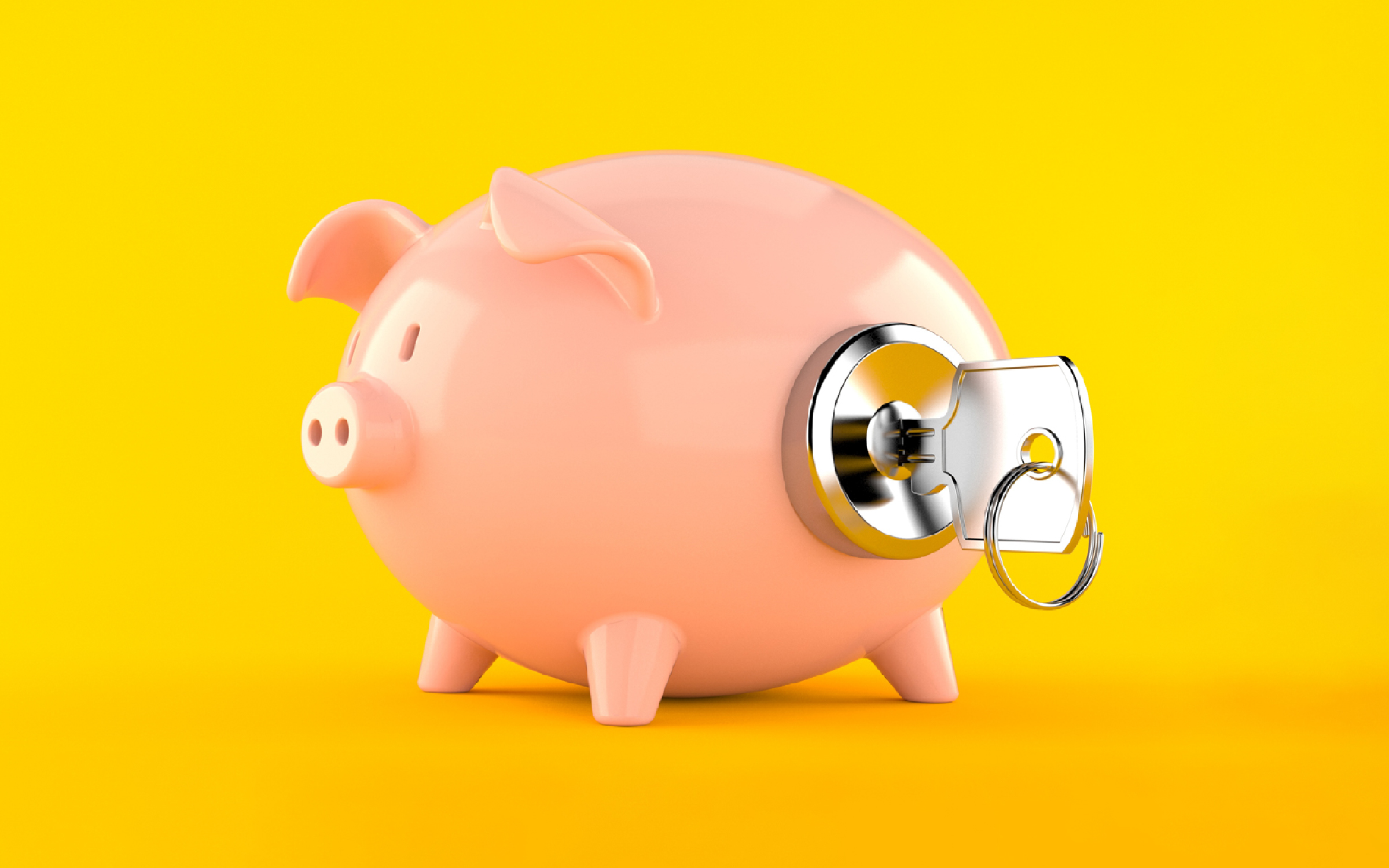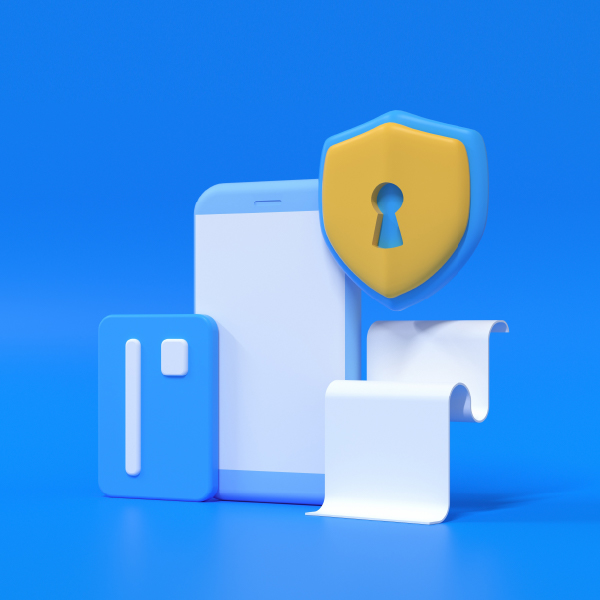FINANCIAL WELLNESS
Cracking the code on realistic budgeting when you live paycheck-to-paycheck


Here are five practical budgeting strategies to help you unlock financial stability and well-being.
Below, we’ll explore practical budgeting tips and strategies, including powerful insights from top money experts, like Ramit Sethi, the host of Netflix’s new hit series, How to Get Rich, and Jessica Moorhouse, host of one of the top personal finance podcasts, More Money.
The realistic budgeting advice you need:
Understand exactly where your money is going so you can create the most effective and practical budget. You could do this by jotting down your expenses for one month. Take note of the expenses you can cut back or perhaps eliminate entirely.
Prioritize all your essential expenses first. These are items like rent/mortgage, food, transportation, etc. Make sure all your basic needs are met. In Sethi’s conscious spending plan, he advises his clients that fixed costs and essential expenses should be around 50-60% of your take home income and are to be kept separate from investments, savings, and spending money.
Free up your to-do list by automating your savings. Saving money can feel overwhelming and setting up a regular auto-transfer to a savings account can help alleviate some of the pressure to remember to do so. Any increment will do, even if it is one dollar. The consistency of contributing at a regular cadence is key and you can always gradually increase how much you are saving as your income allows.
Find coupon codes and rebates before you go shopping. Moorhouse suggests saving the websites and apps that you found the best discounts on, so they are easy to use next time and, ideally, become a new shopping habit. This helps you save on items you likely would have purchased regardless and helps to keep you on budget.
Make conscious spending your new budgeting goal, where intention is at the forefront of how you spend your hard-earned money. Like Marie Kondo’s guidance to ensure any physical item you keep in your home sparks joy, Ramit Sethi suggests finding joy in spending by prioritizing what lights you up the most, instead of mindlessly spending.
Learn about personal finance regularly, so you can feel confident making decisions about your money and grow your financial well-being. You can do this by signing up for informative newsletters, consuming content from trusted financial advisors, and staying up to date on what financial wellness options your employer offers.
Some of the budgeting advice that has been floating around for years just isn’t practical for today’s cost of living and average income allowance. Having a practical budget that fits your needs is critical for it to be realistic, relevant, reliable.
Read more actionable tips to start paying down your debt, avoid taking on new debt, and save sustainably for your lifestyle.
The views and opinions expressed here may not represent the views and opinions of GO2bank, Green Dot Corporation, or its affiliates. It is presented for general informational purposes only and does not constitute tax, legal, or business advice. This Blog may contain hyperlinks to sites that are not operated by GO2bank. The GO2bank Privacy Policy does not apply to the linked sites, and you should consult the Privacy Policies on those sites for further information. GO2bank does not provide and is not responsible for the product, service or overall content on those sites.
Banking services provided by and the Dayforce Wallet Mastercard issued by Green Dot Bank, Member FDIC, pursuant to a license from Mastercard International Incorporated. Mastercard and the circles design are registered trademarks of Mastercard International Incorporated.
Green Dot Bank also operates under the following registered trade names: GO2bank, GoBank and Bonneville Bank. All of these registered trade names are used by, and refer to, a single FDIC-insured bank, Green Dot Bank. Deposits under any of these trade names are deposits with Green Dot Bank and are aggregated for deposit insurance coverage up to the allowable limits.
©2025 Green Dot Corporation. All rights reserved. Green Dot Corporation NMLS #914924; Green Dot Bank NMLS #908739.
IMPORTANT INFORMATION ABOUT PROCEDURES FOR OPENING A NEW CARD ACCOUNT: To help the government fight the funding of terrorism and money laundering activities, federal law requires all financial institutions to obtain, verify, and record information that identifies each person who opens a Card Account. What this means for you: When you open a Card Account, we will ask for your name, address, date of birth, and other information that will allow us to identify you. We may also ask to see a copy of your driver’s license or other identifying documents. If we are unable to verify your identity, we will not open an account for you.



